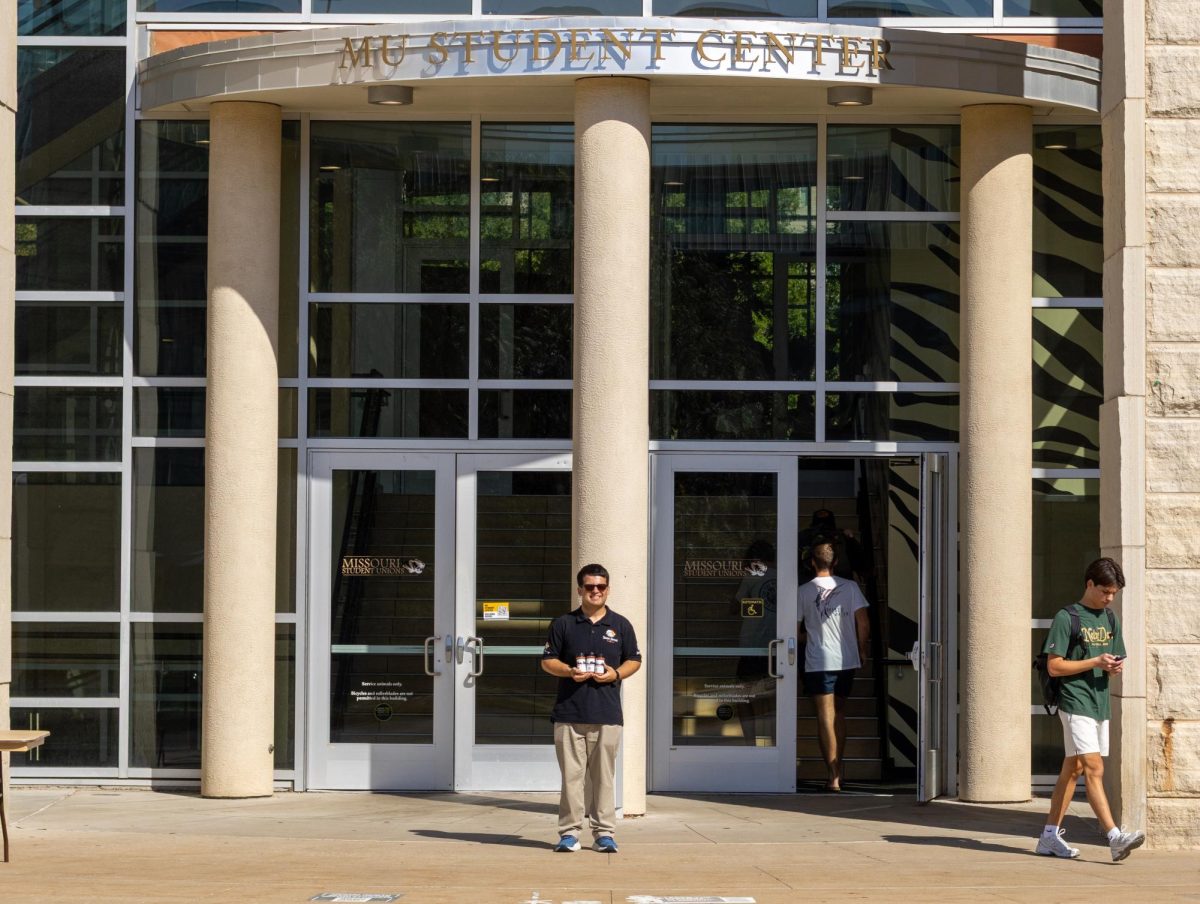A Supreme Court revision might reverse a University of Michigan case and eliminate the use of race as a factor in admissions decisions, according to an article in the New York Times.
Affirmative action has largely been out of the spotlight since 2003, when the Supreme Court voted 5-4 in Grutter v. Bollinger to uphold Michigan’s law school’s affirmative action policy. It ruled public universities and colleges could take race into account for diversity purposes but could not use a point system.
The decision, which was expected to last 25 years, might be overturned after the Supreme Court hears Fisher v. University of Texas next term.
Abigail Fisher, a rejected applicant, didn’t receive admission to UT-Austin under Texas’ Top Ten Percent Plan, which automatically admits top high school graduates. After missing the cutoff, her application was pooled with others and sent through a different, more complicated system in which race is taken into account.
She said her application was denied due to race and is suing the university for reverse discrimination.
The consequences of a new ruling could reduce the number of black and Latino students at nearly every selective college and graduate school and increase the number of Asian-American and white students gaining entrance, a New York Times article said.
“I think it would be a good thing because they distribute scholarship money, for example, based off of race,” freshman Natasha Jenkins said. “Just because I’m not a minority, for example, I could receive less scholarship money. It should be based off of academics and achievement.”
MU would remain unaffected by a new affirmative action policy.
“We don’t have an enrollment cap,” MU spokesman Christian Basi said. “Each student is just admitted by his or her individual academic merits. If they meet those academic requirements, they are admitted. One student is not in competition with another student for a spot when coming to the university.”
The Obama administration issued guidelines in December urging universities and colleges to find ways to increase diversity, whether through socioeconomic profiles or demographics.
The number of minorities in MU’s incoming freshman class of 2011 rose to 1,099, up 57 students from last year, according to a previous Maneater article.
The total number of students who identify in a minority population grew by 529, putting the total at 4,480. Both the black and Hispanic student enrollment set records for both first-time and total enrollment. The student body that identifies as black grew by 205 students to a total of 2,231, and the student body who identifies as Hispanic rose by 100, putting it at 882.
“Diversity is not just about numbers,” interim Chief Diversity Officer Noor Azizan-Gardner said. “It’s about learning to understand and engage with others who are different from us. In an increasingly diverse U.S., the ability to be culturally competent will make our students more competitive in the job market and in the global market economy.”







